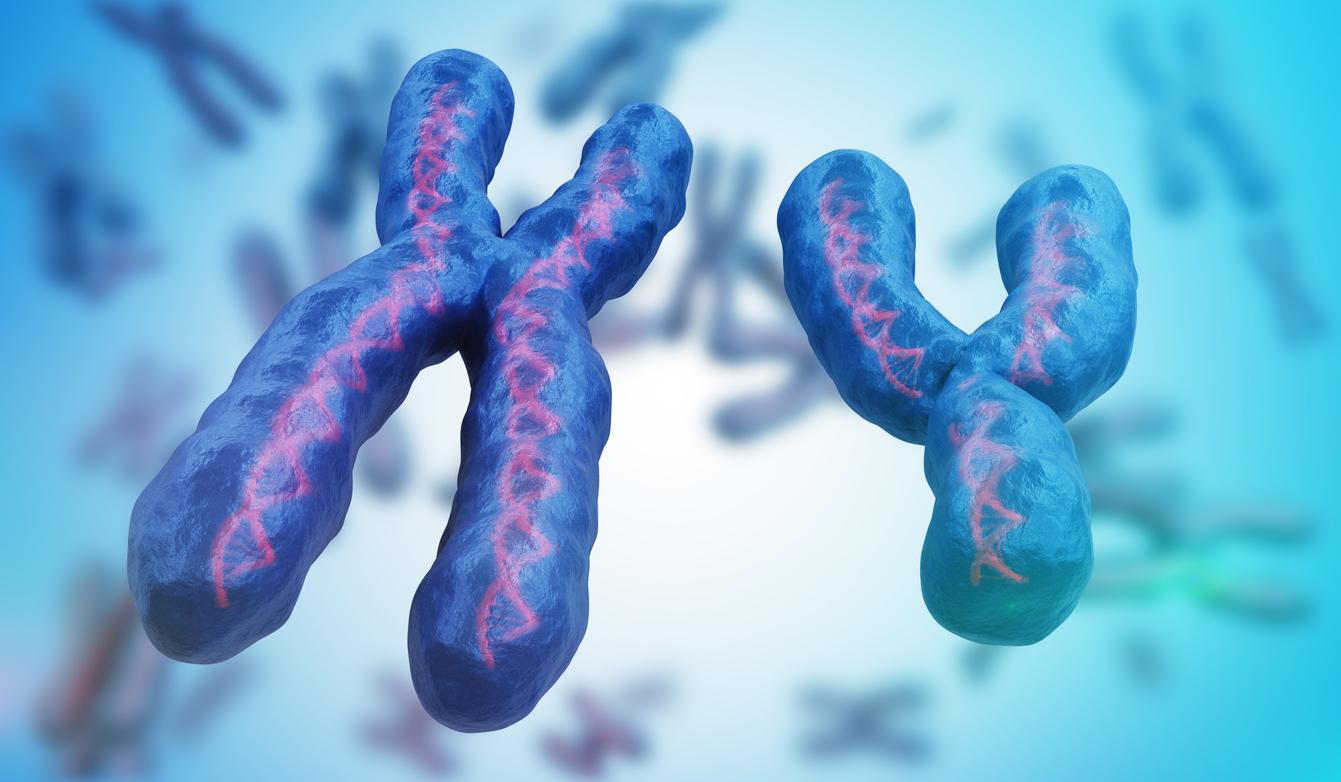Scientists from the University of Oxford, in collaboration with other institutes including an Inserm-CNRS unit, have succeeded in identifying a common genetic profile in people with autism. This discovery, published in the scientific journal PLOS Geneticss and reported by the British daily The Independent, helps to understand how messages are sent to the brain and the role played by genetics in this disease.
“Doctors are currently able to identify the exact genetic cause in the autistic patient in about one in five cases, but we know that genes play an important role in the development of autism spectrum disorders,” said a spokesperson for the Oxford researchers at the English newspaper.
All the scientists analyzed the abnormal copies (additional or less) of the genes of 181 autistic patients. They observed that in half of the cases, the genes in question form a connected biological network. This structure determines how information is transmitted between brain cells.
genetic plumbing
Dr. Caleb Webber, lead author of the study, gave a concrete example to the The Independent to illustrate his research: “Think of a pipe that carries water. At some points in the pipe there are genes that act like faucets to let in more water. At other points the genes act like holes that let water out. We have found that in individuals with autism, genetic mutations act in the same way as these taps.”
Specifically, the “tap” genes are duplicated in some patients, which increases the flow of water in the pipe, while in other patients, some “hole” genes have been deleted. In both cases, the consequence is the same: there is far too much water.
The recent discovery by British researchers could allow them to change the flow, restore the balance and perhaps, one day, develop a treatment.















